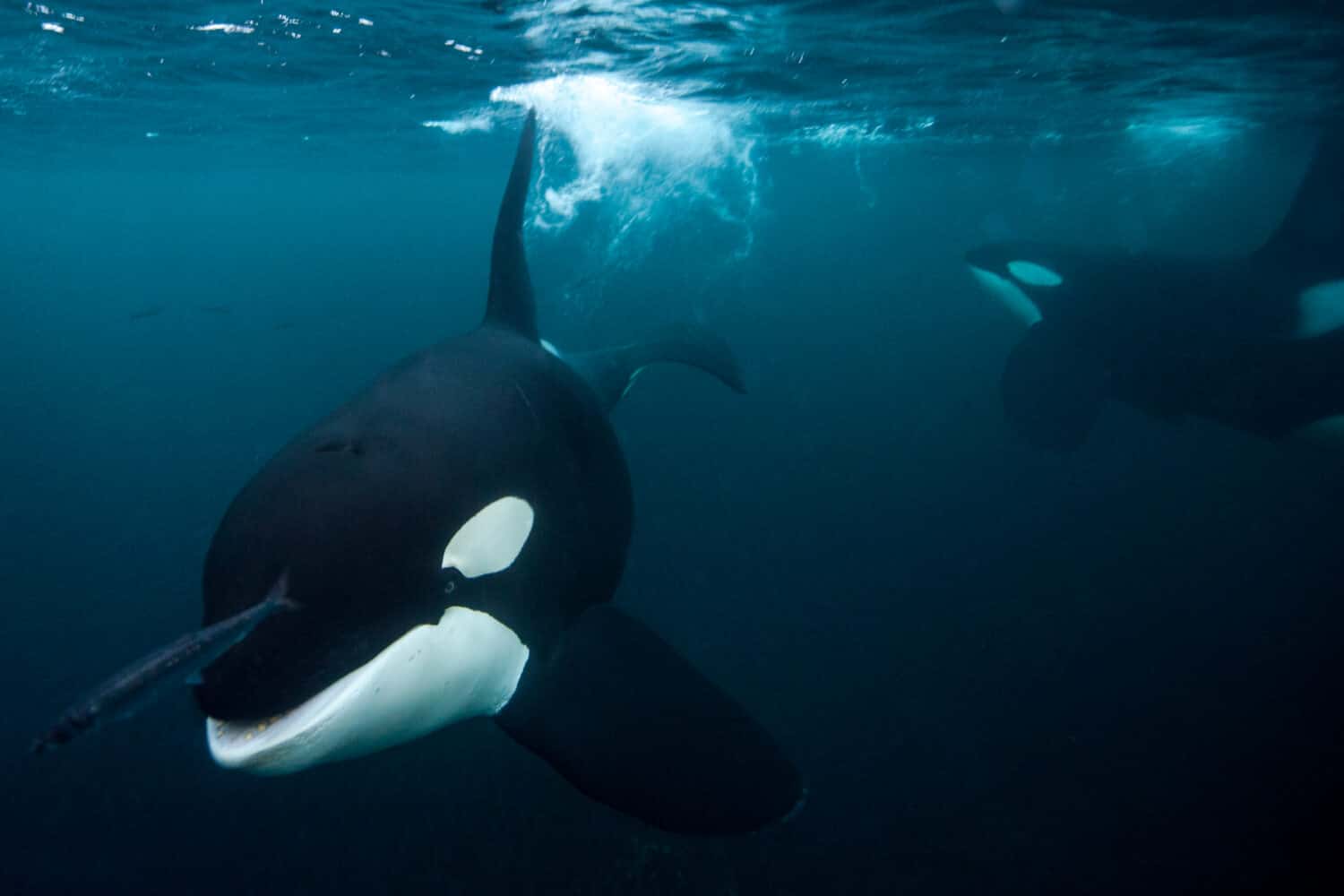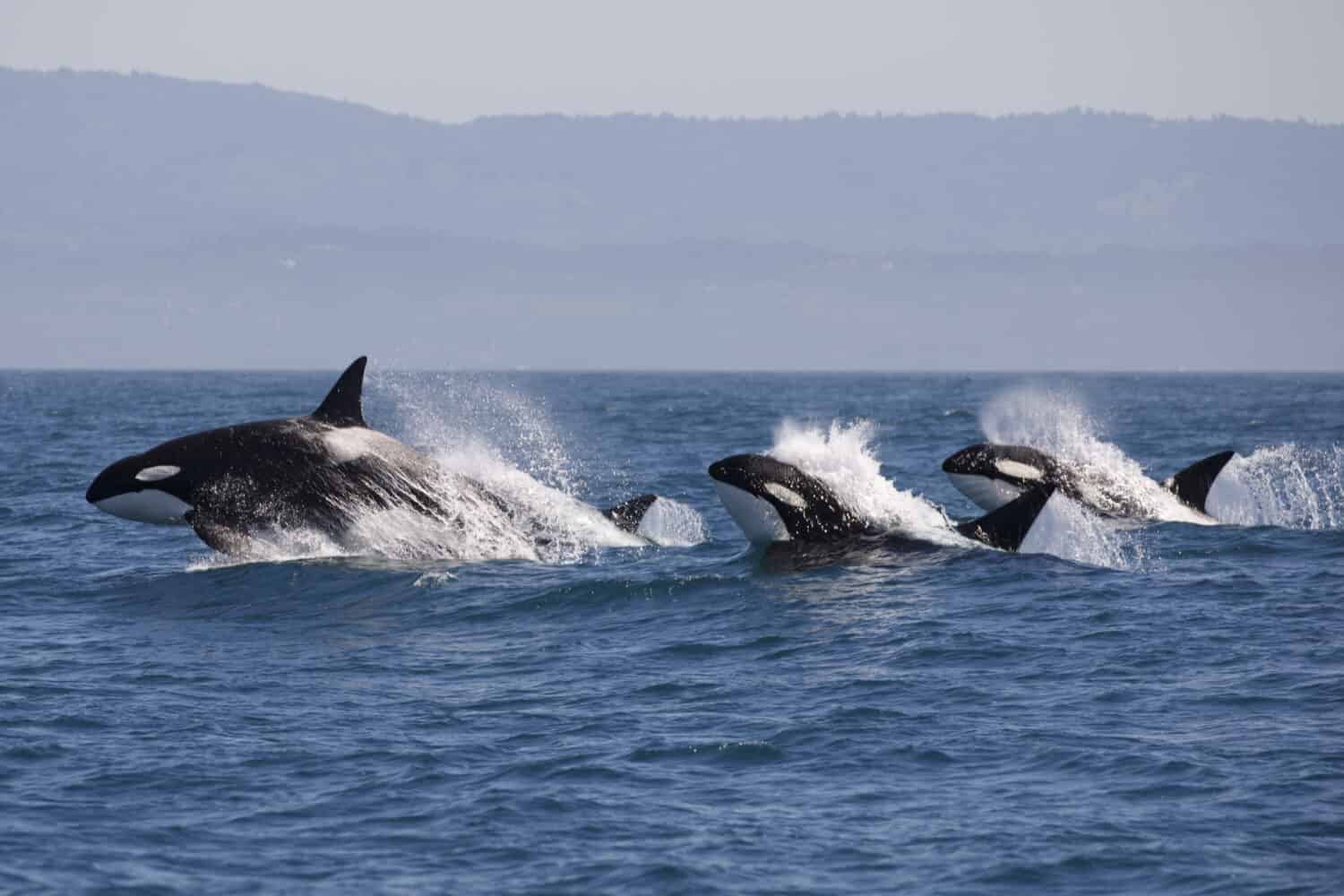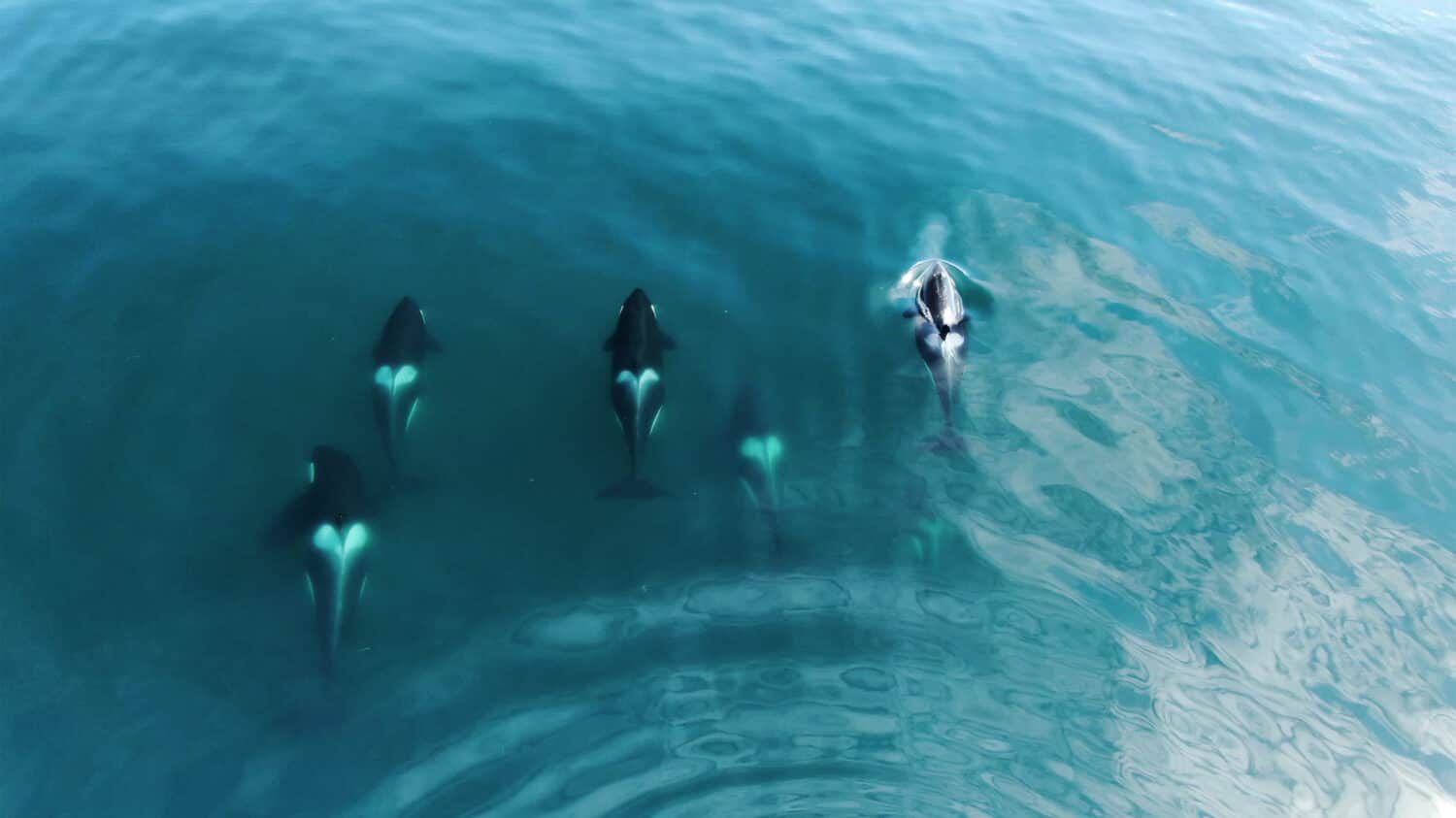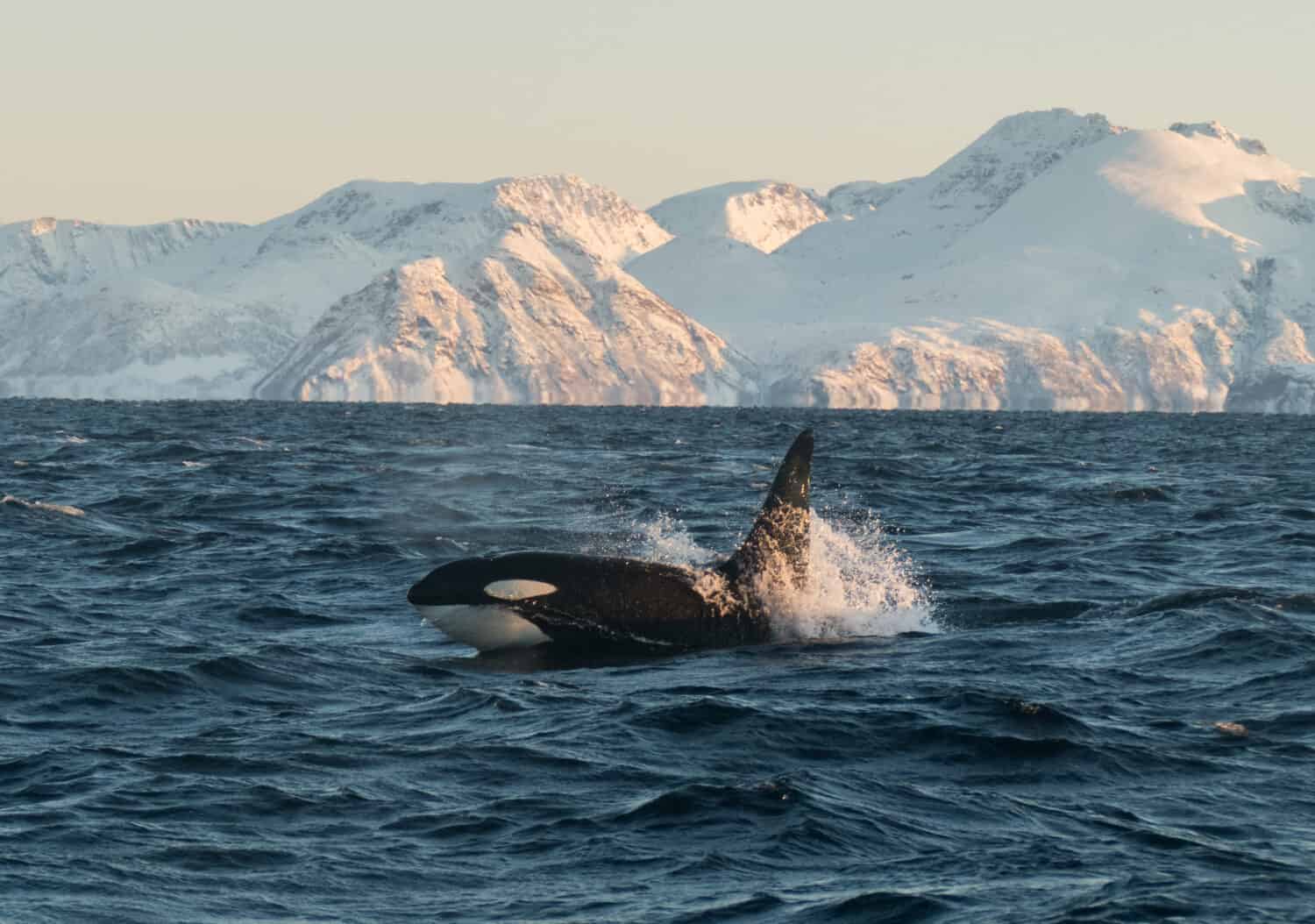RELATED IMAGES

A pumpjack draws out oil from a well head near Calgary, Alta., Saturday, Sept. 17, 2022. THE CANADIAN PRESS/Jeff McIntosh
Melissa Lopez-Martinez
CTVNews.ca Writer
Published July 2, 2023
As the clean energy sector grows on a global scale, there's also growing concern for Canadian communities and workers dependent on the oil and gas sector as a new report says federal and provincial governments may be "ill-prepared' for a smooth transition.
The International Institute for Sustainable Development (IISD) detailed their findings in a report published on Tuesday, indicating the concern for communities across Canada and the thousands of jobs that will have to endure a drop in demand as Canada moves toward clean energy.
“As economies decarbonize, the risks and economic costs associated with Canada’s continued reliance on fossil fuels will intensify as time goes on. These risks and costs must be factored into policy and business decisions and signalled to investors," Nichole Dusyk, senior policy advisor of the IISD said in a news release.
"The consequences of not doing so are potentially catastrophic for a workforce and the communities that depend on this industry.”
SHRINKING DEMAND FOR OIL, NATURAL GAS MARKET WAVERING
According to the report, demand for oil is expected to peak and decline by 2030, largely because of the increased demand for electric products like electric vehicles. While the second biggest end use for oil, plastics, may still keep the market afloat for some time, the report says it won't be enough to change the decline past 2030.
As for gas, the report says the natural gas market has become increasingly unstable because of high gas prices and the shift to other renewable options. Since the U.S. is one of the main buyers of Canadian oil and gas, the report says the Biden Administration’s Inflation Reduction Act will speed up the transition to clean energy and significantly impact Canadian producers.
Researchers say communities that rely on fossil fuels like in Alberta, Saskatchewan and B.C. will be most vulnerable during this shift, as their average rate of total direct employment ranges from 9.3 per cent to over 30 per cent in 2016. The sustainability of jobs has been one of the main concerns the report indicated, as more than 53,000 jobs were cut between 2014 and 2019. These cuts were made during a time of increased oil production and once the pandemic occurred an additional 17,000 jobs were cut in early 2021.
GOVERNMENTS NEED TO TAKE ON "ACTIVE" ROLES
A report by the federal government said Canada's labour force won't be severely impacted during its transition to clean energy. The 32-page jobs plan released in February said jobs in the clean energy sector will likely cause a shortage in workers to fill them.
Despite this, and other federal initiatives aimed to support oil and gas decarbonization, the report says federal and provincial governments need to focus on four key actions to efficiently transition the country and meet net-zero climate goals.
The IISD recommends the strengthening of climate policies that support workers transitioning into the net-zero economy through the Canadian Sustainable Jobs Act, support for Indigenous governments' plans on economic diversification, update fiscal policies to include expectations of a declining oil and gas market, as well as preparing to plan a decline in production instead of expansion.
Ultimately, the report suggests a "federation-wide" approach between federal and provincial governments to ensure there is split jurisdiction to meet the needs of each region and their natural resources.
With files from The Canadian Press.
Enbridge 'must cease' Line 5 operations on Bad River land by June 2026: judge
Mining companies betting on autonomous technology to make dangerous jobs safer
Want a climate-friendly flight? It's going to take a while and cost you more
Canada's oil output would plummet by 2050 in a net-zero world, new modelling shows
















